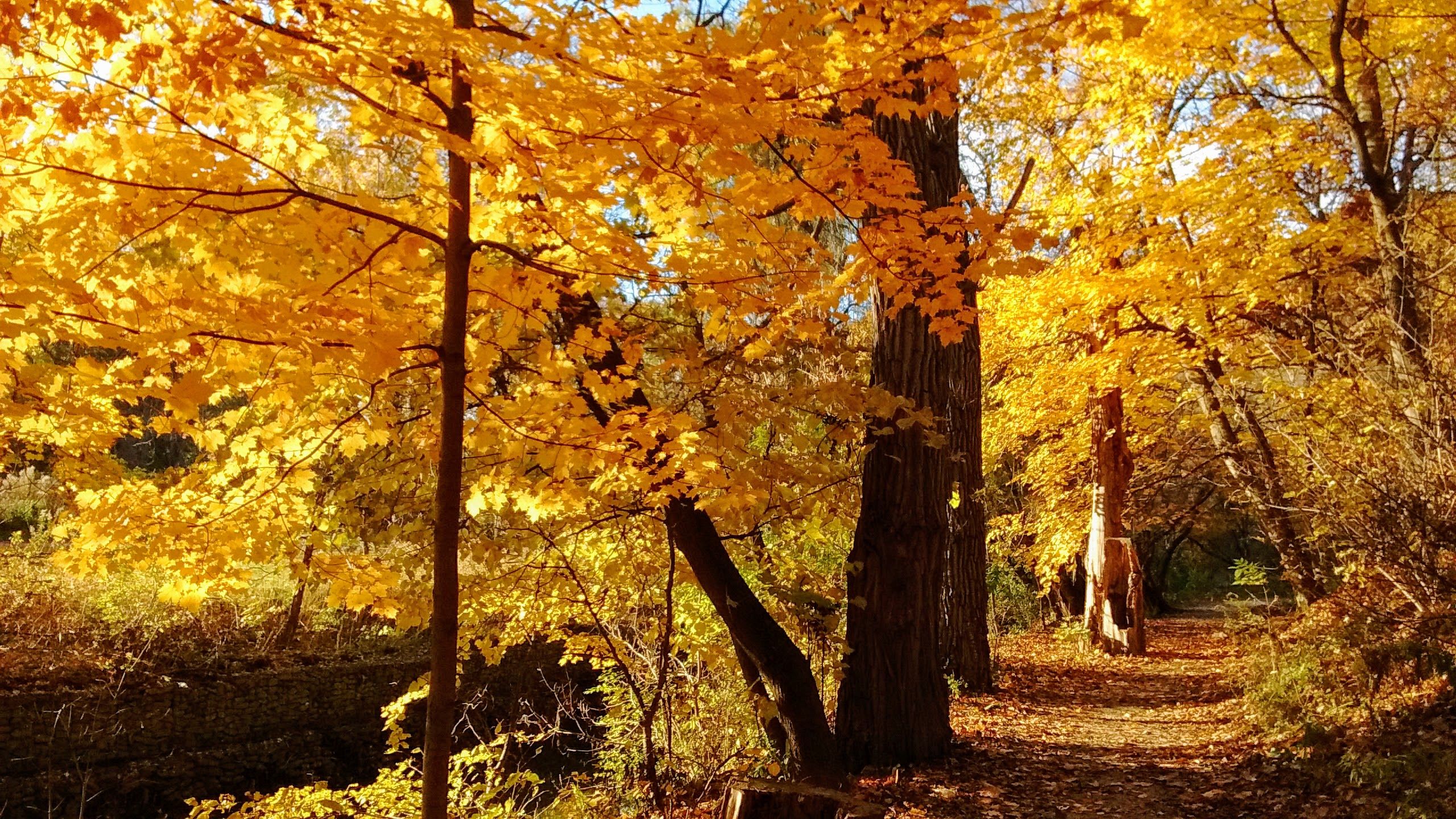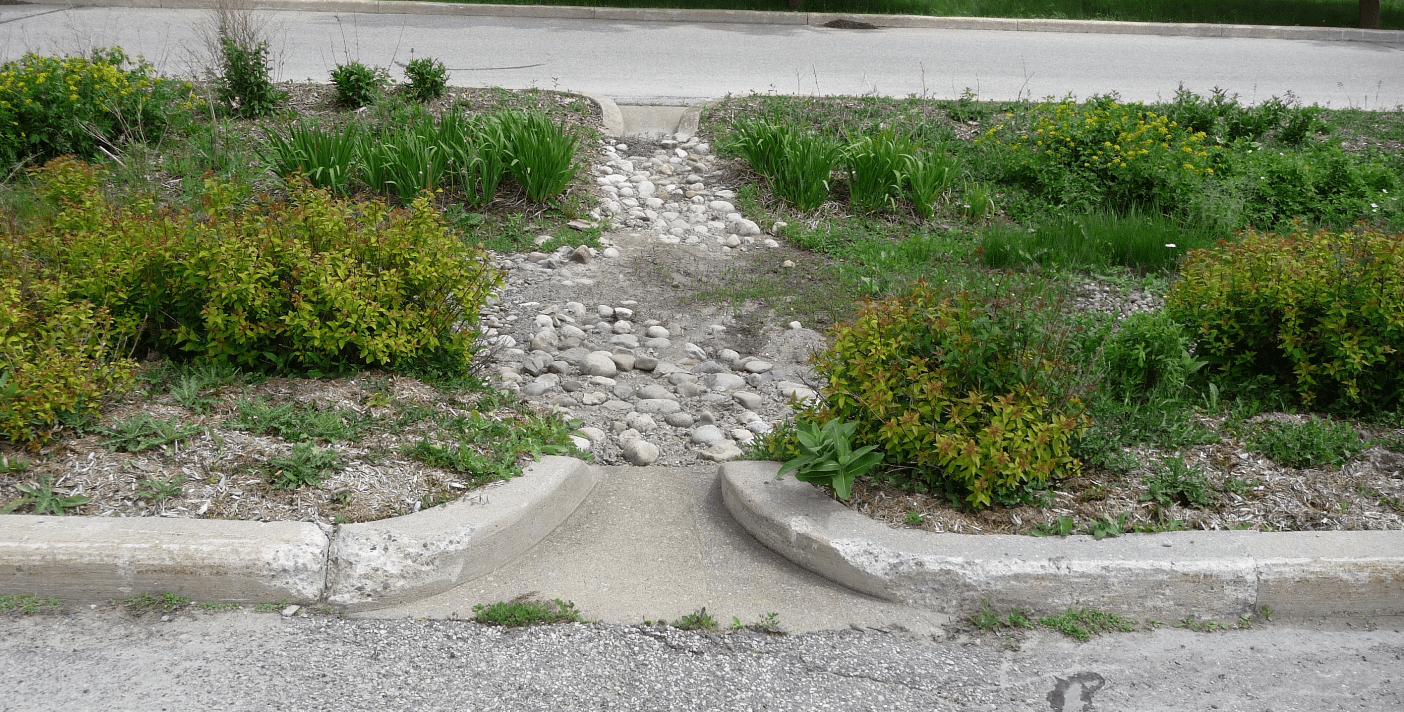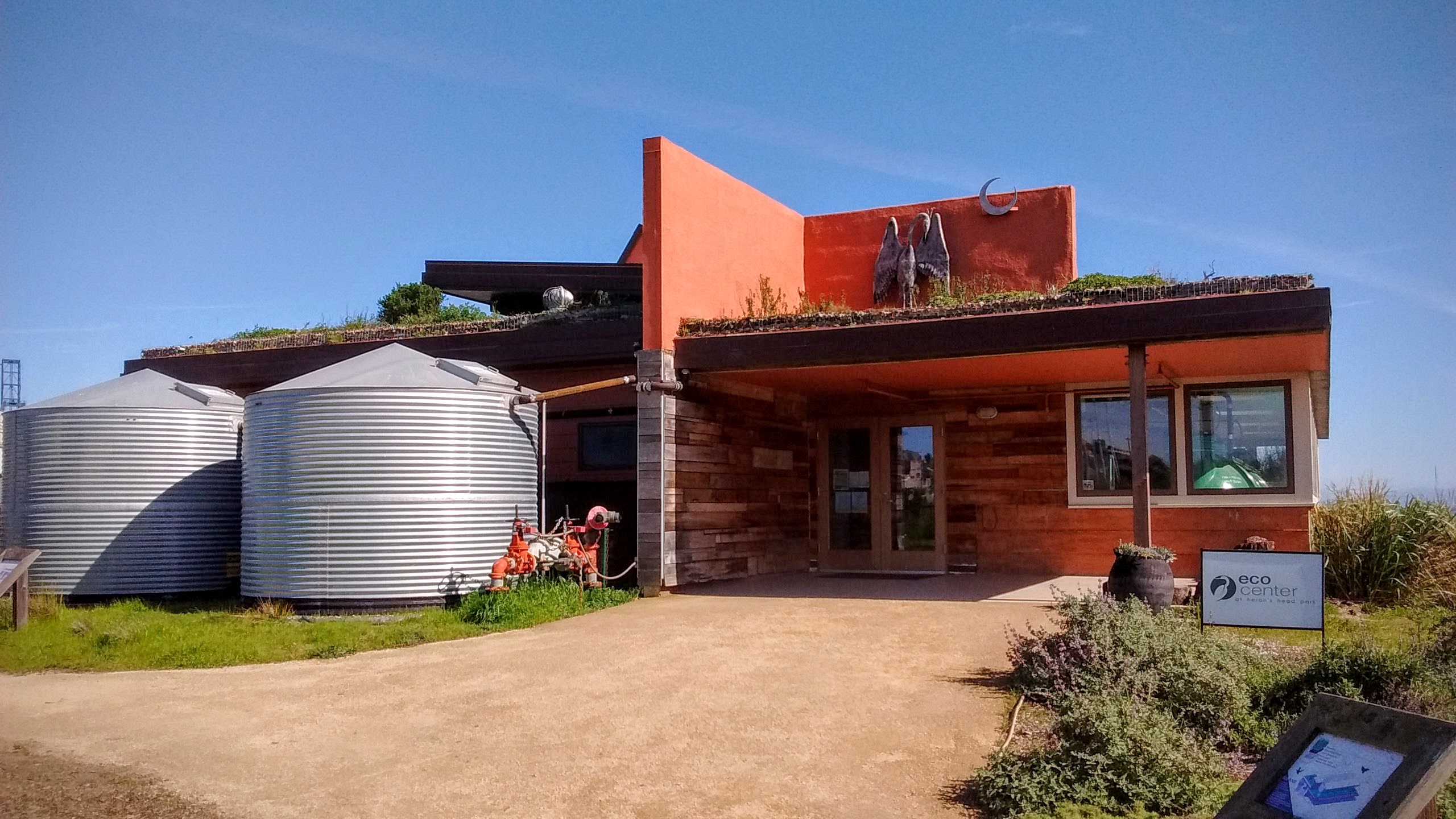Green Infrastructure Saves Greenbacks
Syracuse’s Onondaga Lake has been badly polluted since the 1800’s. Green infrastructure is cleaning sewer water entering the lake, reducing capital spending, and improving social justice according to a recent summary from “Rooftops to Rivers: Green Strategies for Controlling Stormwater and Combined Sewer Overflows” by the Natural Resources Defense Council.
The cost of 95 percent total stormwater volume capture by 2018 (250 million gallons per year) will cost an average of about 35 cents per gallon. The total 2011–2018 green infrastructure budget for the Save the Rain program is approximately $78 million. The “balance of gray and green infrastructure, will save the county as much as $20 million compared with traditional CSO mitigation programs.” (empahsis added).

Not so Green Green Infrastructure in Toronto
Examples of Green Infrastructure in Syracuse
Projects range from a 3,500-square-foot porous sidewalk that will capture around 60,000 gallons of water annually to a 12-acre wetlands project that will capture an estimated 14.9 million gallons per year.
“One key example is the project planned for the War Memorial Arena, home to the Syracuse Crunch hockey team: the installation of a $1 million system to collect rainwater from the roof in cisterns and then filter, disinfect, and use the rainwater to make ice for the hockey rink. The collected rainwater will also be used for irrigation around the facility, and will potentially replace potable water in the facility’s heating/cooling system. The county recently received a $712,000 grant for the system, which will capture around 366,000 gallons per year, through the New York State Environmental Facilities Corporation’s Green Innovation Grant Program.”

Guelph Hydro being true to their name and saving water
Everyone Agrees Green is Better
In 2009, with consensus among stakeholders, green infrastructure was used to reduce sewer overflows to Onondaga Lake and its tributaries. The green infrastructure also eliminated need for three planned regional treatment facilities (RTFs).
The stakeholders included a wide range of interests: Onondaga Nation, county and city officials, local environmental and community groups, the State University of New York Environmental College of Science and Forestry, the New York State Department of Environmental Conservation, and the Environmental Protection Agency (EPA).

Green roof & cisterns in eco center near San Francisco
Social Justice
“The county’s gray infrastructure approach to CSO abatement was met with increasing resistance from the community, especially after the first of four regional treatment facilities (RTFs) was built in 2007 amid much controversy in a low-income, primarily African-American neighborhood. Community groups and organizations had strongly objected to the construction of this RTF for fear it would put unfair burdens on the disadvantaged neighborhood and its residents, including being inconvenienced during construction and subjected to potential odors and stigma when it was completed. This local opposition, coupled with the potential for cost savings, was largely the impetus behind the decision to seek an alternative to the three additional RTFs slated for construction.”
The Long Running Problem
“Onondaga Lake, located on the northern edge of Syracuse, was at one time “arguably the most polluted lake in the United States.”(Upstate Freshwater Institute, Oct. 21, 2011. Onondaga Lake) The roughly 4.6-square-mile lake, whose 285-square-mile drainage area includes two counties, one city, 18 towns, six villages, and the Onondaga Nation Territory, has long suffered from pollution problems due to its highly urbanized surroundings.”
- Beginning in the 1800s industry used the lake and its tributaries as a dumping ground for their waste.
- Wastewater from municipal sources has been a problem since the late-19th century.
- In the 1940s the lake was deemed unsuitable for swimming.
- In 1970, fishing was banned due to concern over the level of contaminants in fish.
- In 1994 the entire lake bottom as well as certain sites around the lake were added to the federal Superfund list.
- Adding to the toxic stew has been excess ammonia and phosphorus from the sewage treatment facility and the county’s combined stormwater and sewer infrastructure which means that 14 millions of gallons of sewage overflow (Combined Sewer Overflows or CSOs) after storm events.
0 Comments